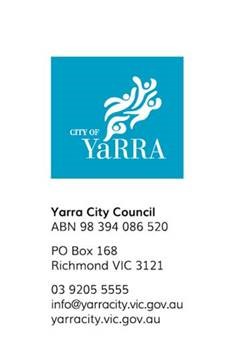Title Page
-
Location:
-
Conducted on:
-
Council reference number:
-
Pool/Spa construction date:
-
Prepared by:
-
Supervisor & registration number:
-
Owners name & contact info:
Type of pool/spa
-
Type
-
Type of pool/spa
-
Inground or above ground
2.1 General
-
Barrier & gate must be a permanent structure, made from durable material.
2.3 fencing height
-
Barrier height not less than 1.2m.
-
NCZ 1.2m radius down from the top of the barrier (outside).
2.3 Perforated material or mesh
-
Fence minimum 1.8m high with 450mm cranked top.
2.4 Ground clearance
-
Gap between ground and barrier no greater than 100mm.
2.5 Outside surface
-
If projections or indentation greater than 10mm they must be no less than 900mm spaced apart.
-
Any lower indentations or projections to be minimum 1.1m from top of barrier
-
Ignore projections/indentations if horizontal members have minimum 60⁰ splay
2.6 Horizontal members (on the inside when vertical members spaced greater than 10mm or on the outside of the fence)
-
(a) Horizontal members shall be no less than 900mm apart.
-
(b) Top surface of lower rail shall be no less than 1.1m below the top of the fence.
-
(c) Surfaces on inside of barrier to be minimum 300mm from barrier.
2.7 vertical members
-
Vertical members spaced no more than 100mm apart.
2.8.1 Security of closure
-
When gate is closed and latched it can’t be:<br>lifted to release the latch OR,<br>unhinge the gate OR,<br>increase the gap underneath greater than 100mm.
2.8.2 Direction of opening
-
Gates to swing outward away from pool area.
2.8.3 Automatic closing gate
-
Self-closing device fitted. Device will close the gate from any open position without manual force.
2.8.4 Latching device
-
Automatically operate on the closing of the gate.
-
Cannot be re-opened without manual release.
-
The latch shall not be able to:<br>• inadvertently be adjusted during operation;<br>• locked in the ‘open’ position; or<br>• adjusted without the use of tools.
2.8.5 Location of latching device
-
1.5m above FGL
2.8.5 Location of latching device if below 1.5m
-
(a) On the inside of the barrier;
-
(b) Access to the latch must be in a position to reach over or through the barrier no lower than 1.2m above FFL;
-
(c) At least 150mm below the top of barrier or hand-hole.
2.8.6 Shielding of latching device (when latch is below 1.5m)
-
No opening greater than 10mm within 450mm of latch.
Security of closure - when gate is closed and latched it can’t be:
-
lifted to release the latch OR,
-
unhinge the gate OR,
-
increase the gap underneath greater than 100mm.
2.9 Perforated materials or mesh
-
Openings not greater than 50mm
Reg 147ZF - circumstances in which a certificate of barrier NON-compliance must be issued immediately
-
Is the barrier incapable of being made compliant within 60 days?
-
Is the owner unlikely to bring the barrier into compliance within 60 days?
-
Does the non-compliance pose a significant risk to life or safety?
-
Can to gate/doorset be open without operating the latch?
-
Is the gate/doorset unable to be closed completely?
-
Is any part of the barrier less than 1m in height?
-
If the answer is yes to any of these questions, then a Form 24 must be issued immediately.
Compliance
-
Is Pool Safety Barrier compliant with the applicable standard to allow for a Form 23 - Certificate of Compliance to be issued. OR
-
If non-compliant, will you instead issue the owner a list setting out the non-compliant items, giving the owner maximum 60 days in which to bring the Pool Safety Barrier into compliance with the applicable standard.
-
Note. Inspector must advise owner of their intention to carry out a reinspection specifying a date not more than 60 days after the owner receives the notice.















